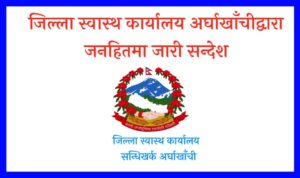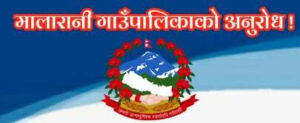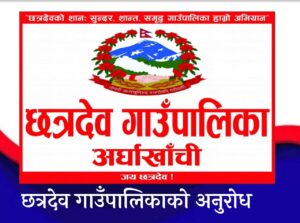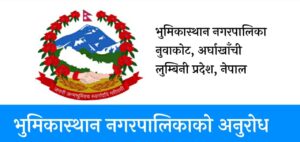27 Jan, 2022
Kathmandu, Jan. 27: Panauti Municipality is eagerly waiting for a Cabinet decision to start further procedures to enlist the Panauti city in the list of United Nations Educational, Scientific and Cultural Organisation (UNESCO) World Heritage Sites.
The architectural complex of Panauti among 15 places of Nepal was included in the UNESCO’s tentative list.
The Panauti city lies at the confluence of the Roshi and Punyamati rivers and has been on the tentative list since 1996.
Documents relating to Panauti had reached the Council of Ministers for final approval. Mayor of Panauti Municipality Bhim Neupane complained that the Cabinet was taking a long time to take a decision, which prevented them from moving the process forward.
“We submitted the documents 10 months ago but the decision is still pending,” he said, blaming the COVID-19 pandemic and political instability for delaying the approval process.
The issue of Panauti has not received priority since last year due to the political instability, and COVID-19 pandemic. As a result, Cabinet has not yet taken the decision, he said. “We have expected that UNCESO would enlist Panauti in World Heritage Sites by the 12-year festival of 2022 but it could not happen.”
The nomination process is lingering as the Council of Ministers has not given importance to Panauti in its priority list, he said.
Reconstruction of 71 traditional houses in the city area of Panauti is in progress as a part of nomination of the World Heritage Site. Of them, reconstruction of nine houses has completed, while works are underway in 17 houses and the remaining will be rebuilt in the coming days, according to Mayor Neupane.
He further said the municipality has allocated Rs. 10 million for the current fiscal year to assist locals to build traditional houses. The municipality has provided from Rs. 400,000 to Rs. 1,200,000 to repair and reconstruct each traditional house.
The municipality has run wooden carving training, home stay and preservation of archeological heritage for the development of cultural tourism.
Cabinet decision is a key step to enlist Panauti in UNESCO World Heritage Sites. The municipality has been waiting for Cabinet approval after it submitted all documents a year ago.
Suresh Suras Shrestha, information officer at the Archaeology Department, told The Rising Nepal that it would take a long time to get a site listed as UNESCO World Heritage and documents needed to pass through a strict multi-layered vetting process.
Even if the Cabinet approves the documents immediately, it will take two years for Panauti to be included in the world heritage site, longer if UNESCO feels that the papers do not follow proper guidelines, he said.
After state party prepares the files, the nomination is submitted to the World Heritage Centre (WHC) for review and check. Once a nomination file is completed, the WHC sends it to the appropriate Advisory Bodies for evaluation.
A nominated property is independently evaluated by two Advisory Bodies managed by the World Heritage Convention – the International Council on Monuments and Sites (ICOMOS) and the International Union for Conservation of Nature (IUCN). Once a site has been nominated and evaluated, it is up to the intergovernmental World Heritage Committee to make the final decision on its inscription.
Once a year, the Committee meets to decide which sites will be inscribed in the World Heritage List.
Nepal has four UNESCO World Heritage Sites, two cultural and two natural. The Kathmandu Valley and Lumbini are cultural sites whereas Chitwan and Sagarmatha national parks are natural ones.
Usually, the monuments that are similar in nature and share certain common elements are included in the World Heritage List in an integrated manner. The seven monuments of the Kathmandu Valley — Kathmandu Durbar Square, Patan Durbar Square, Bhaktapur Durbar Square, Swayambhunath, Boudhanath, Pashupatinath and Changunarayan — are listed collectively as the Kathmandu Valley World Heritage Site. The Rising Nepal





